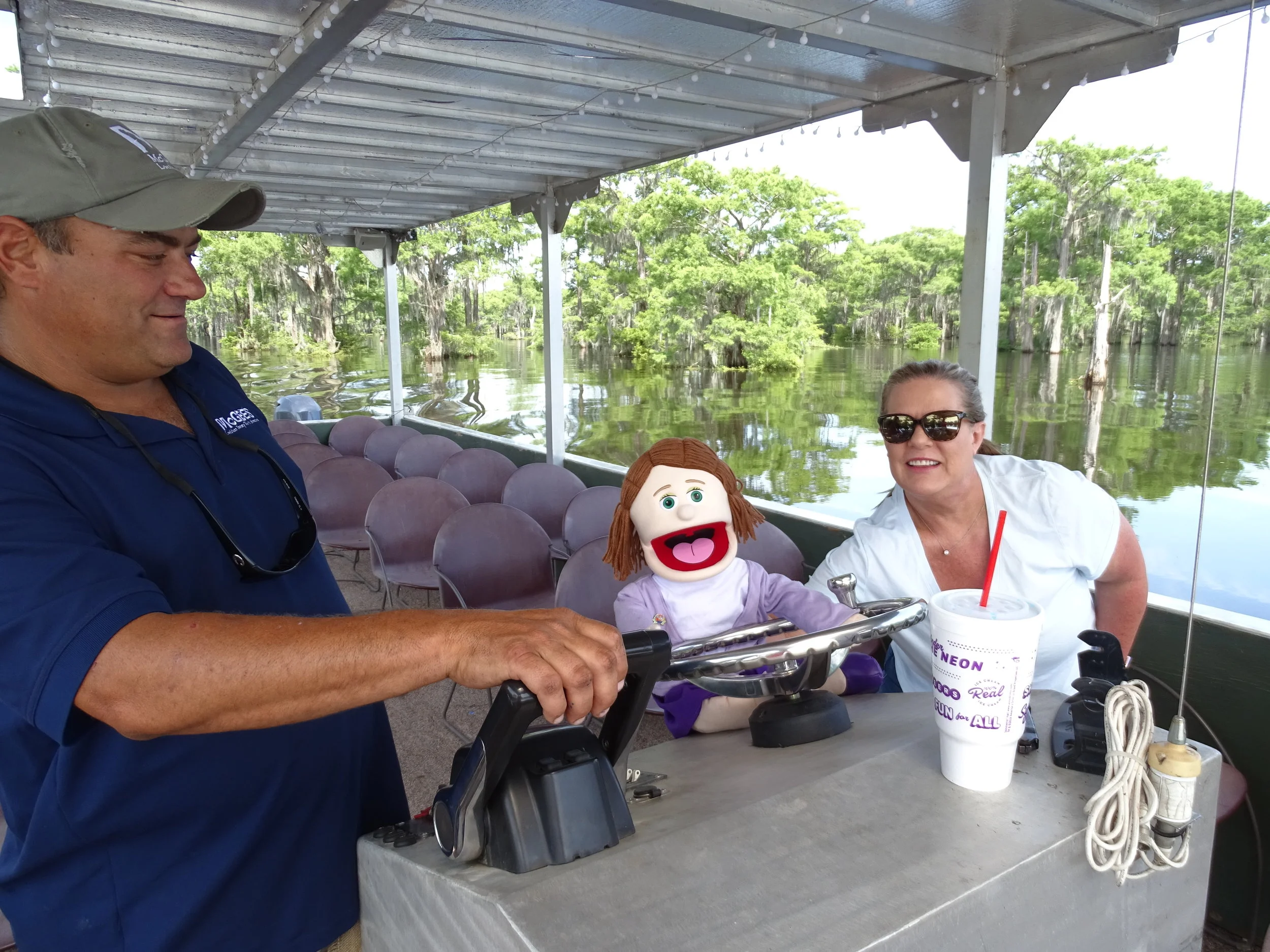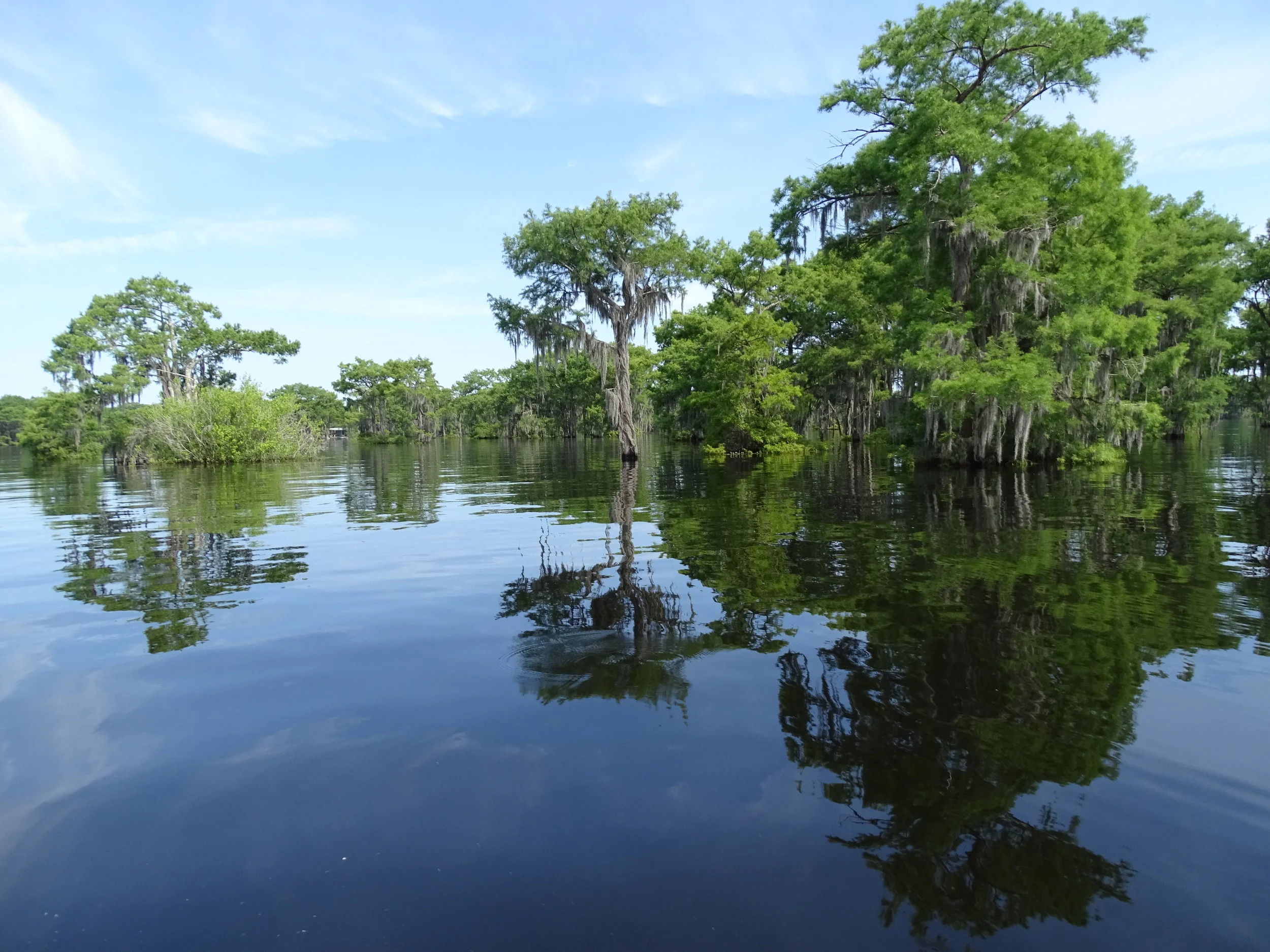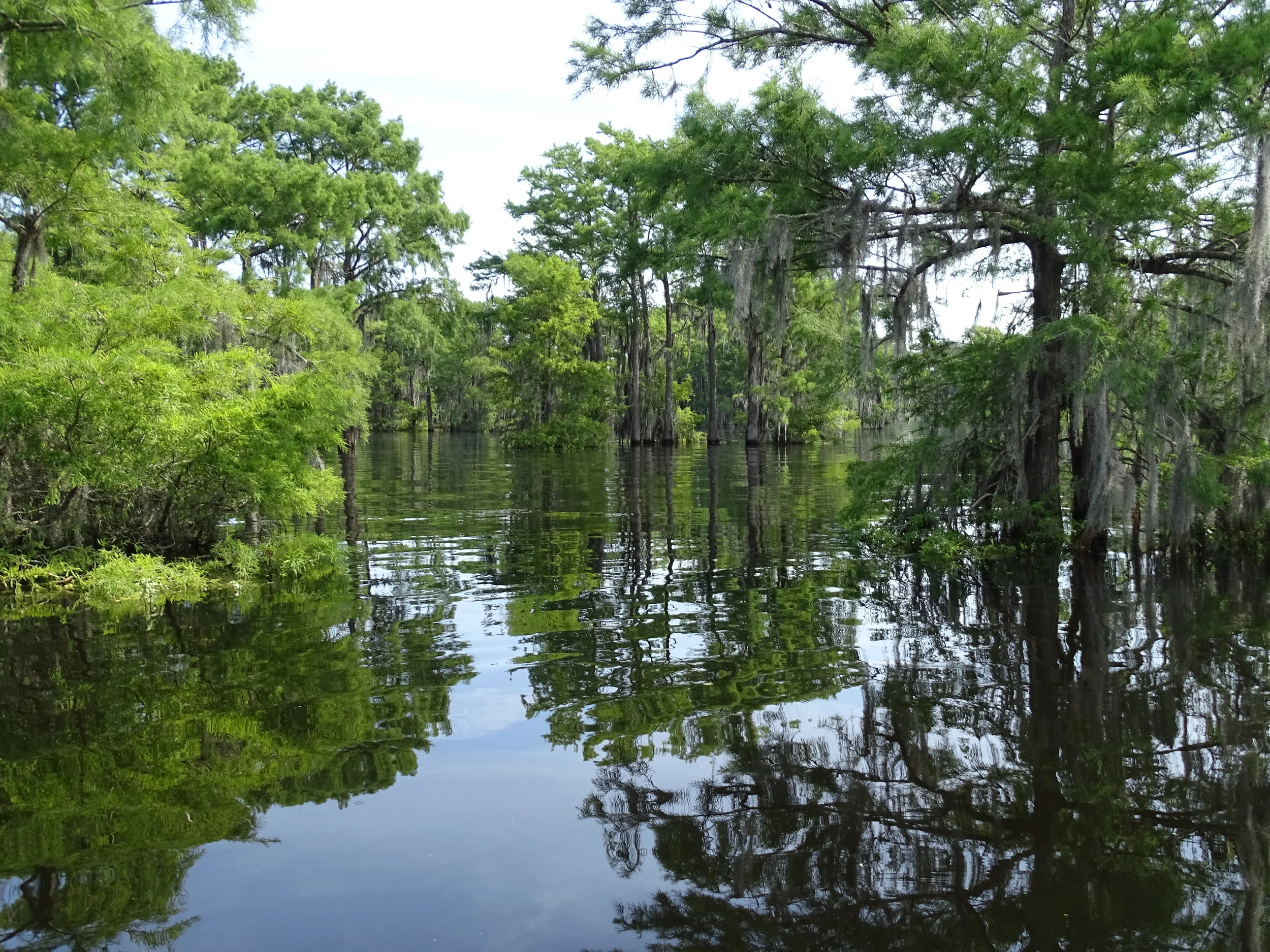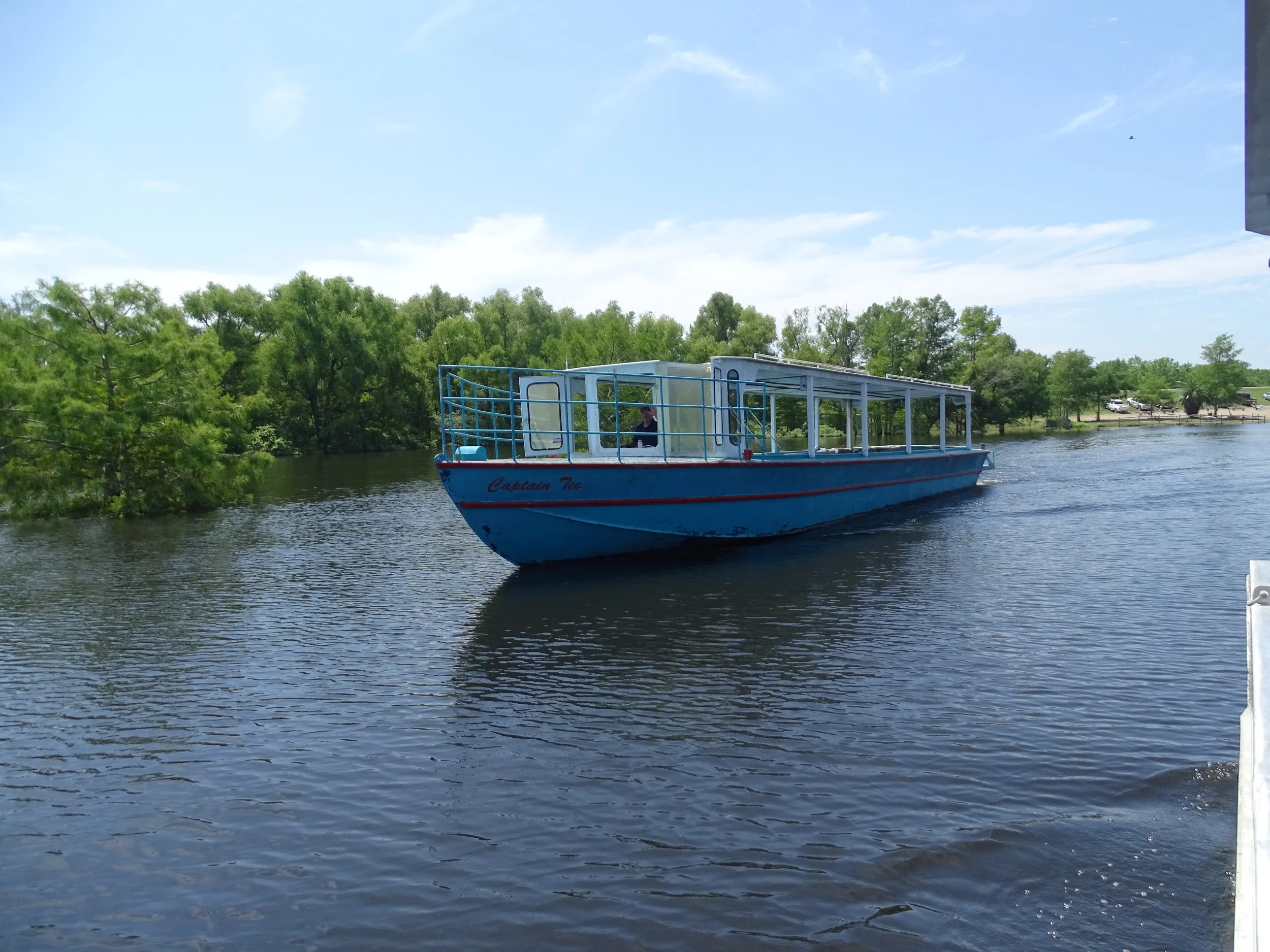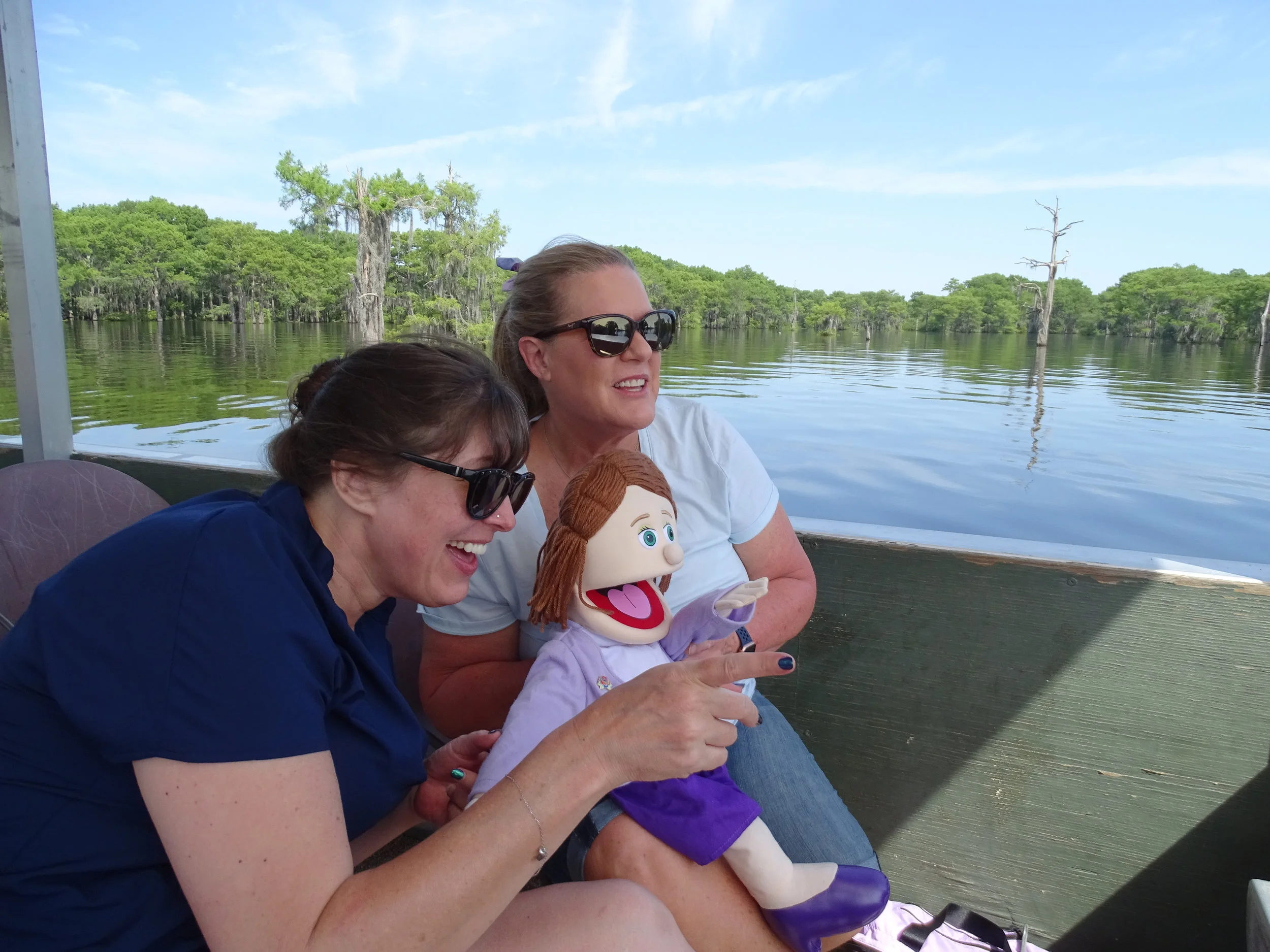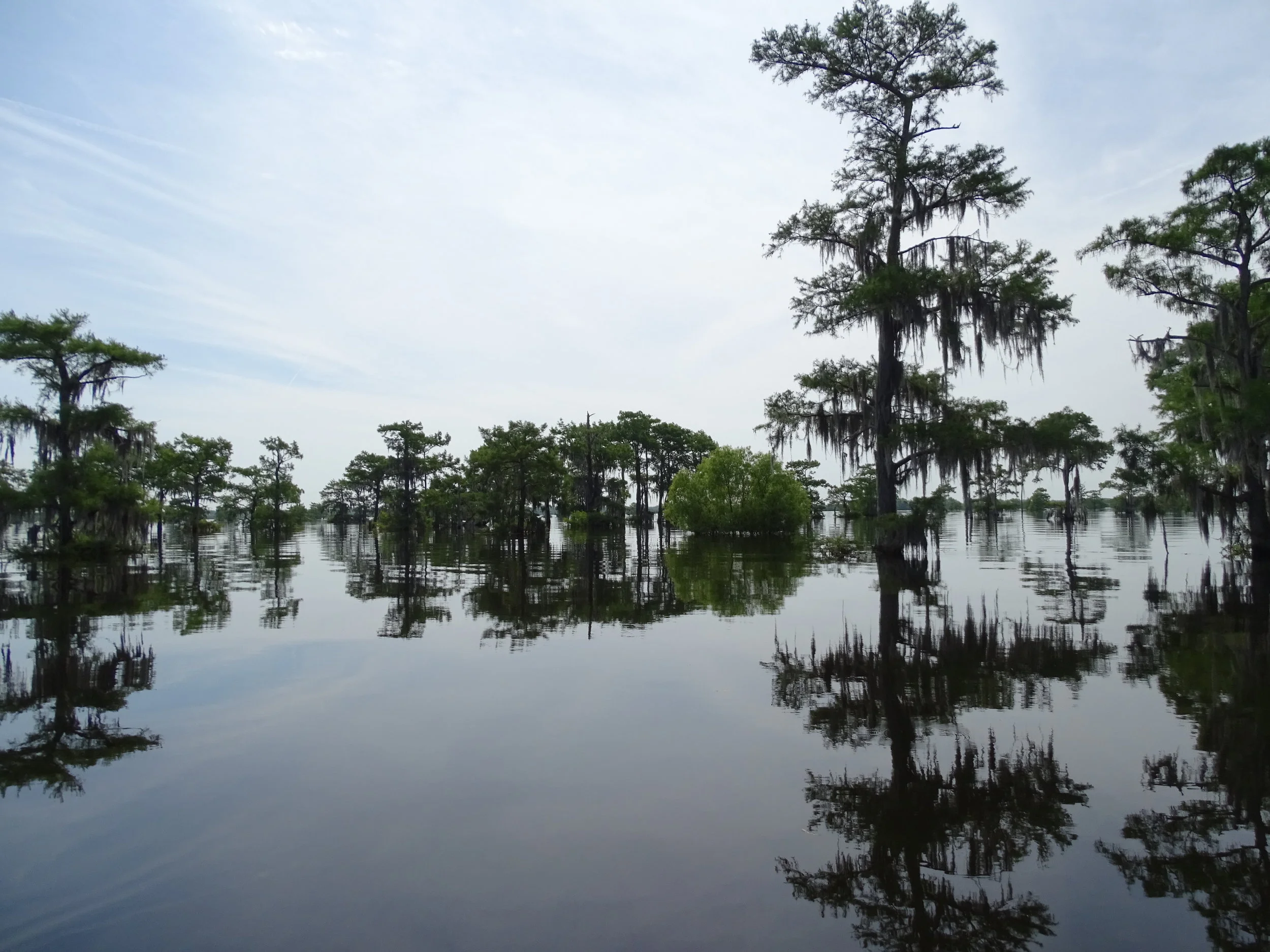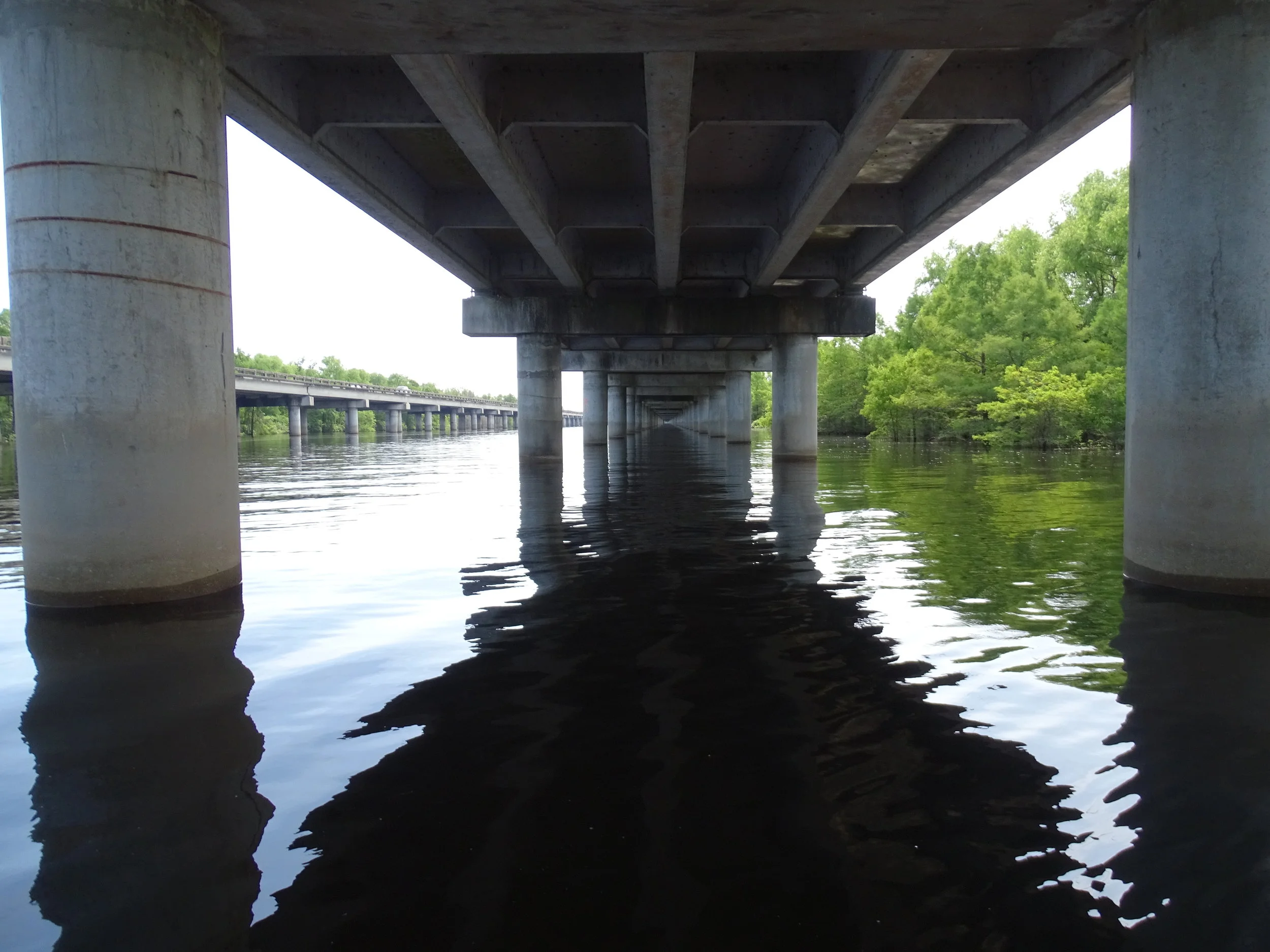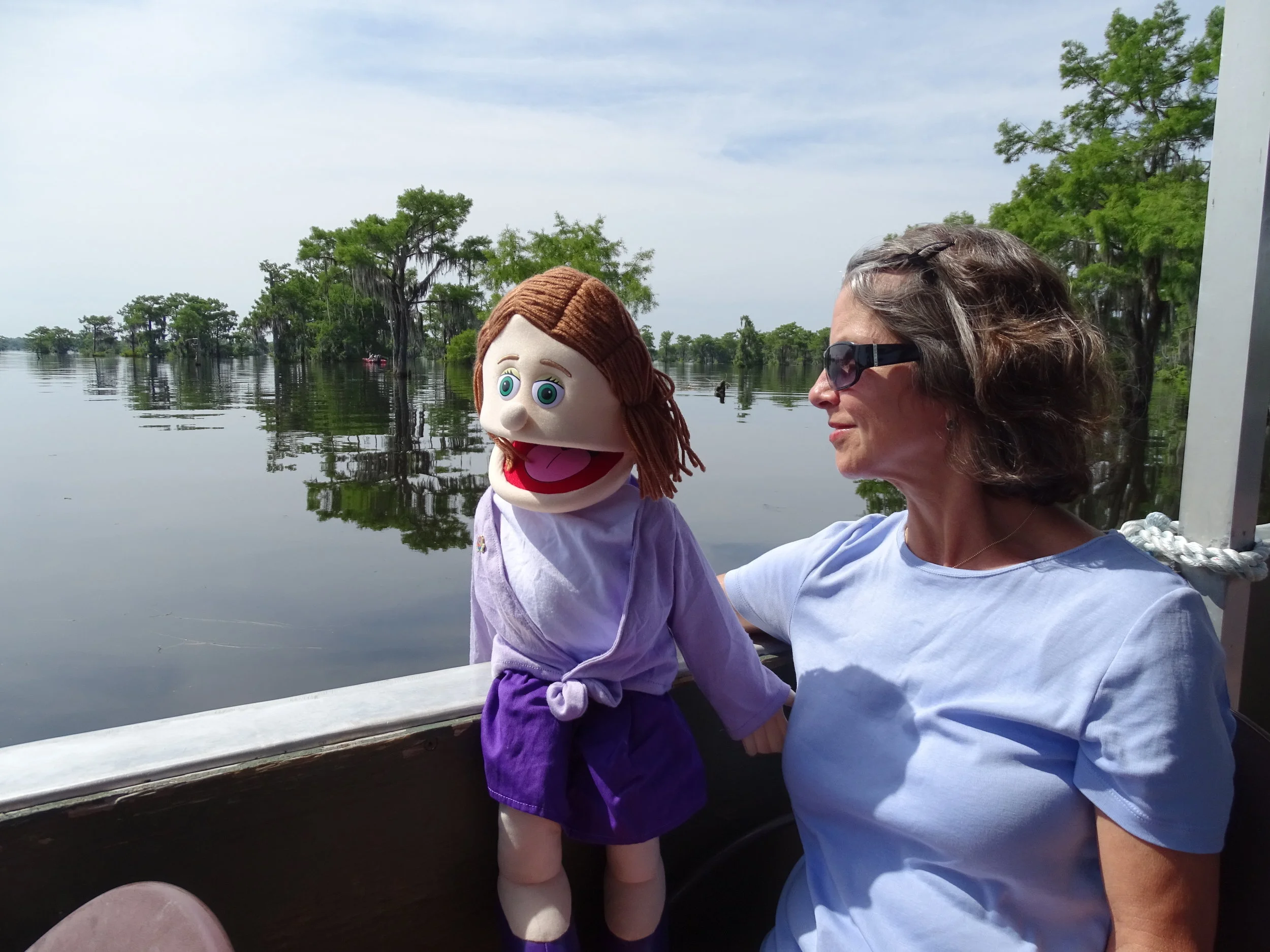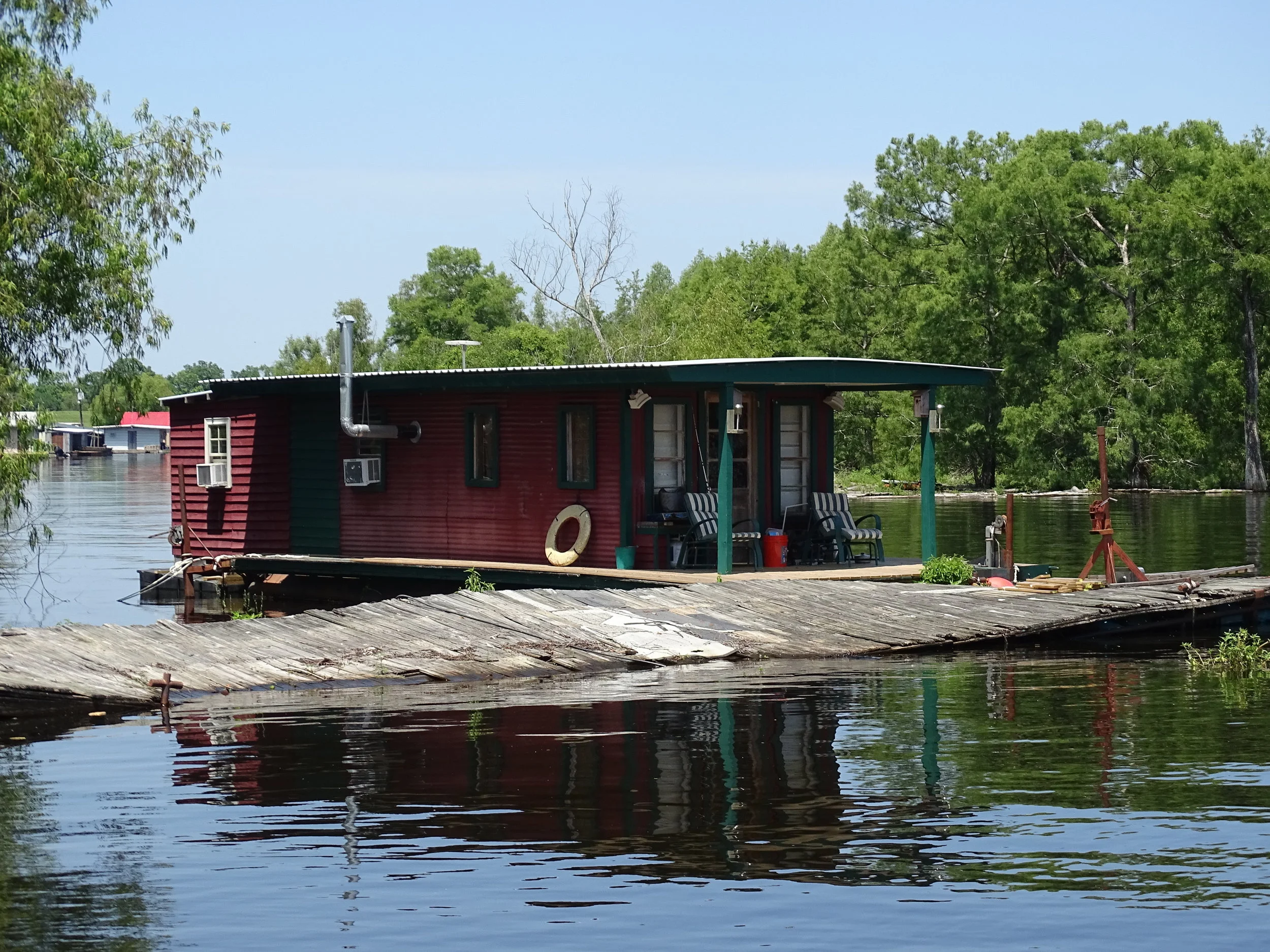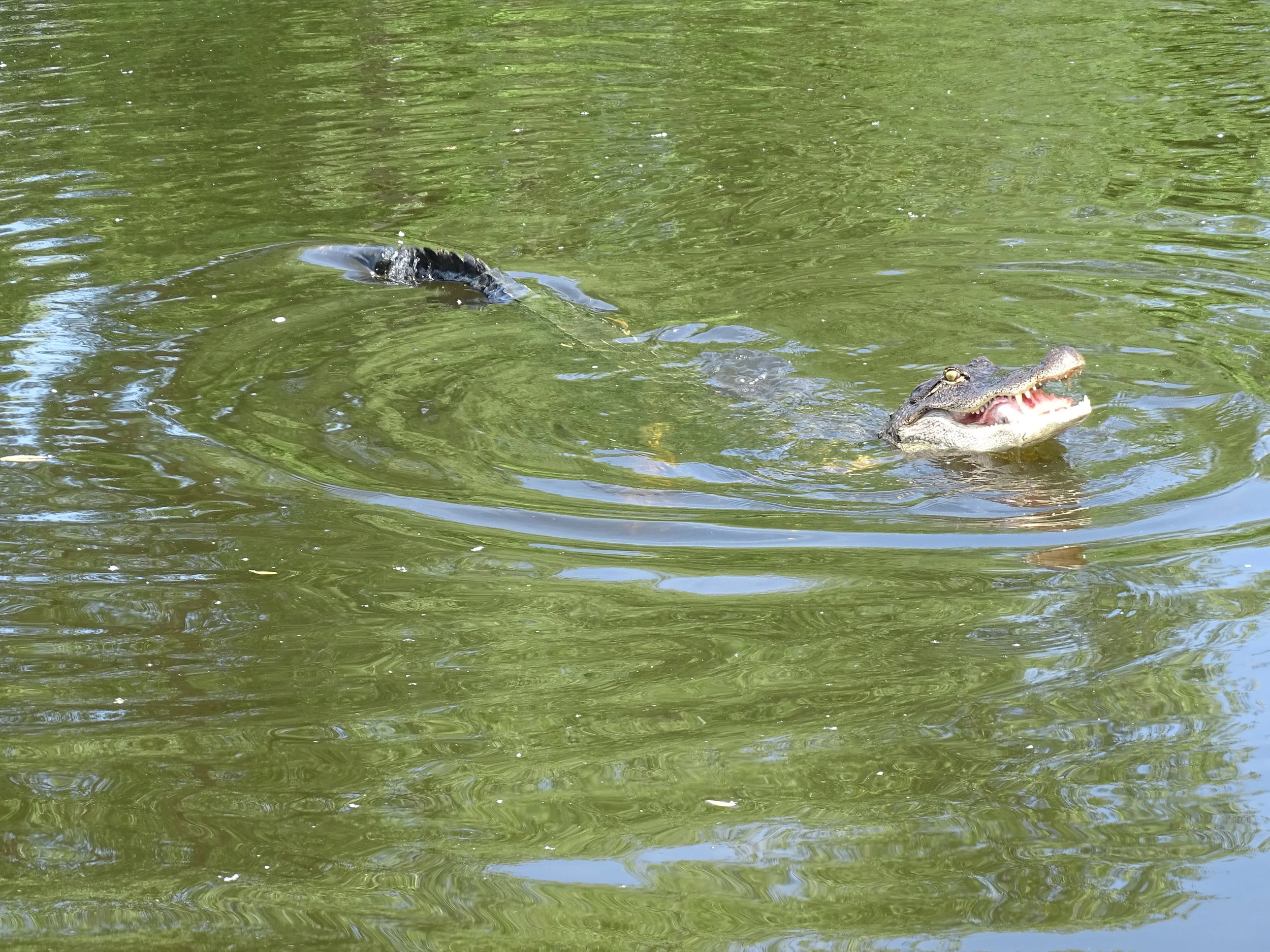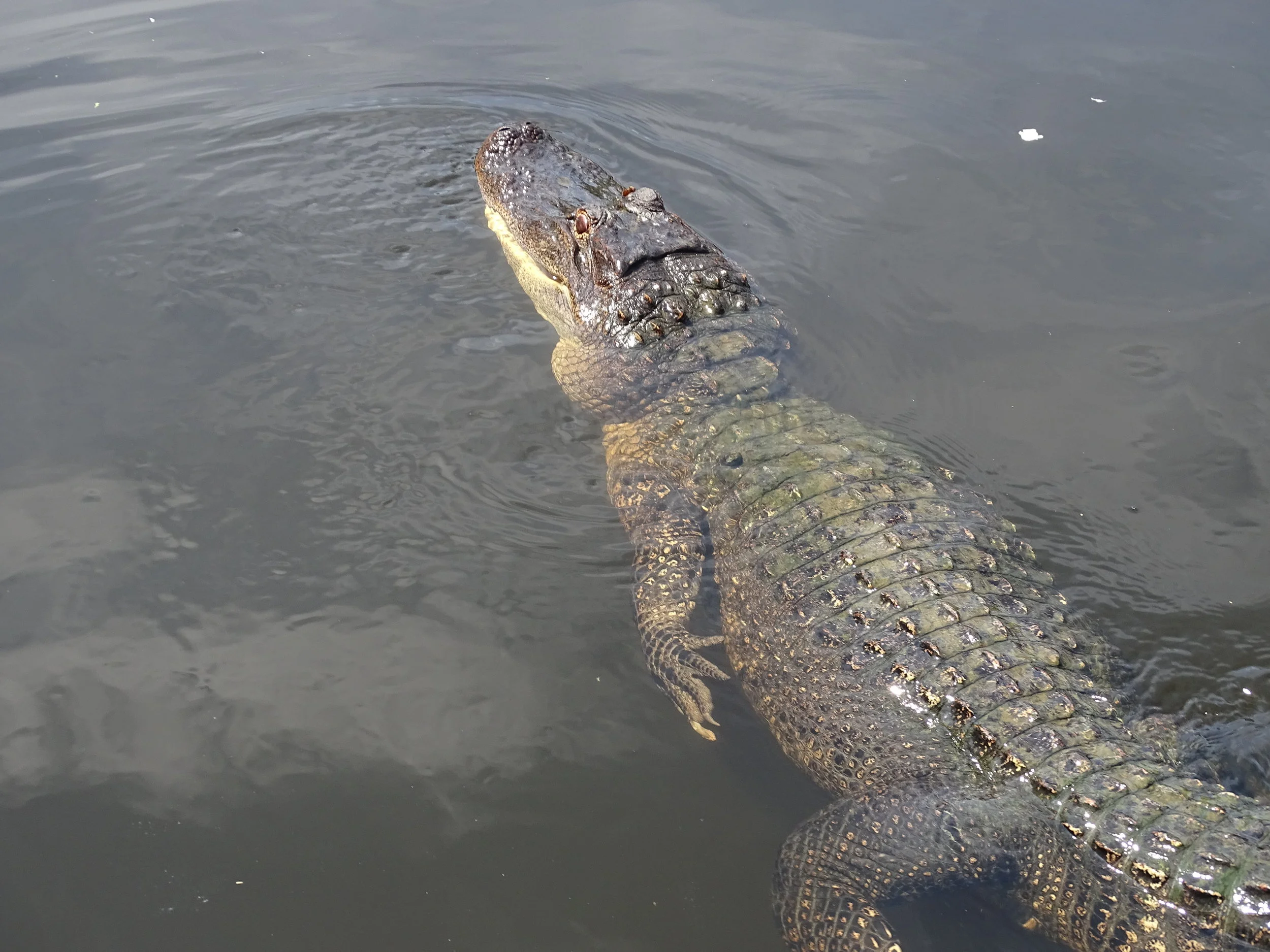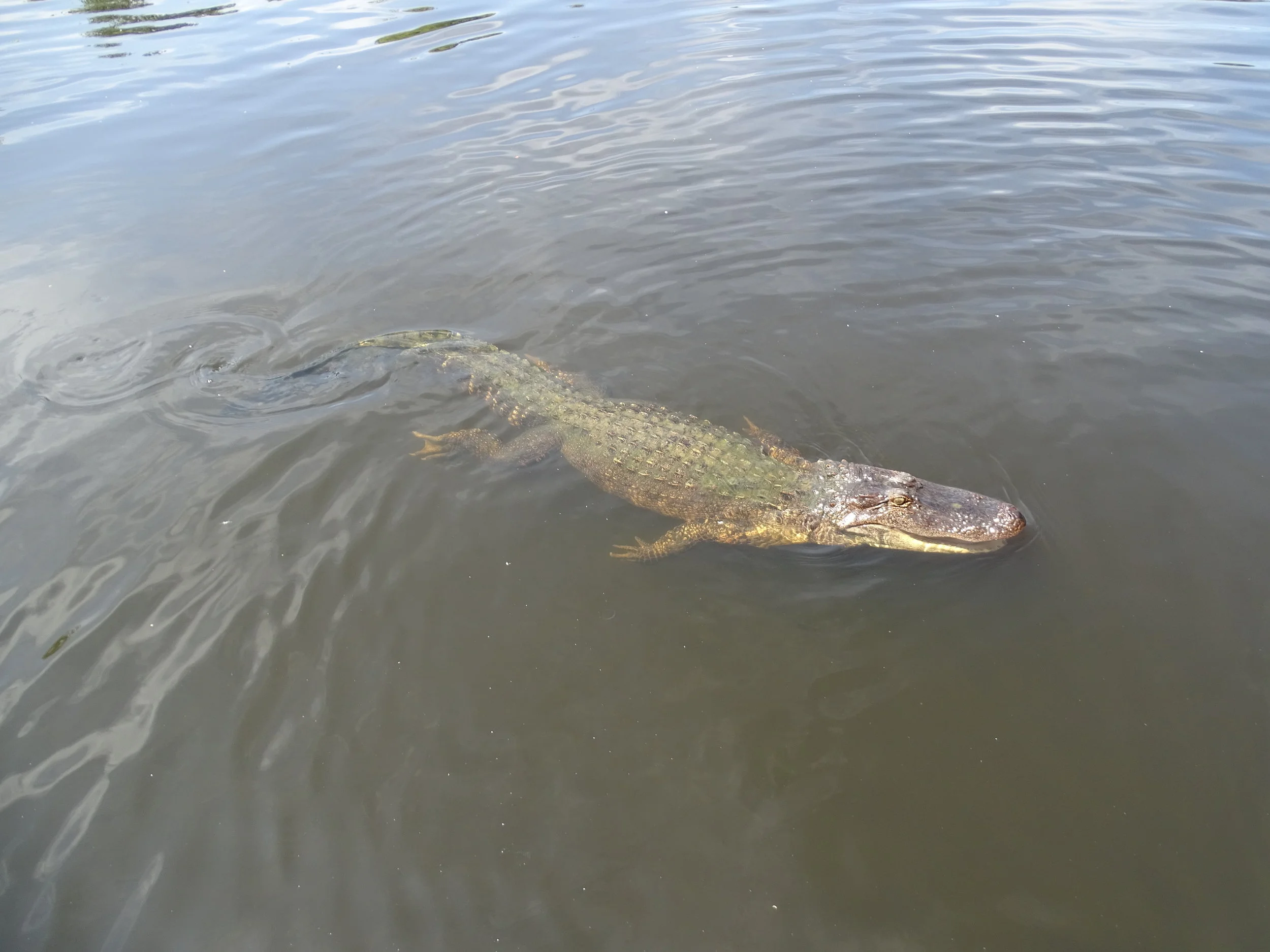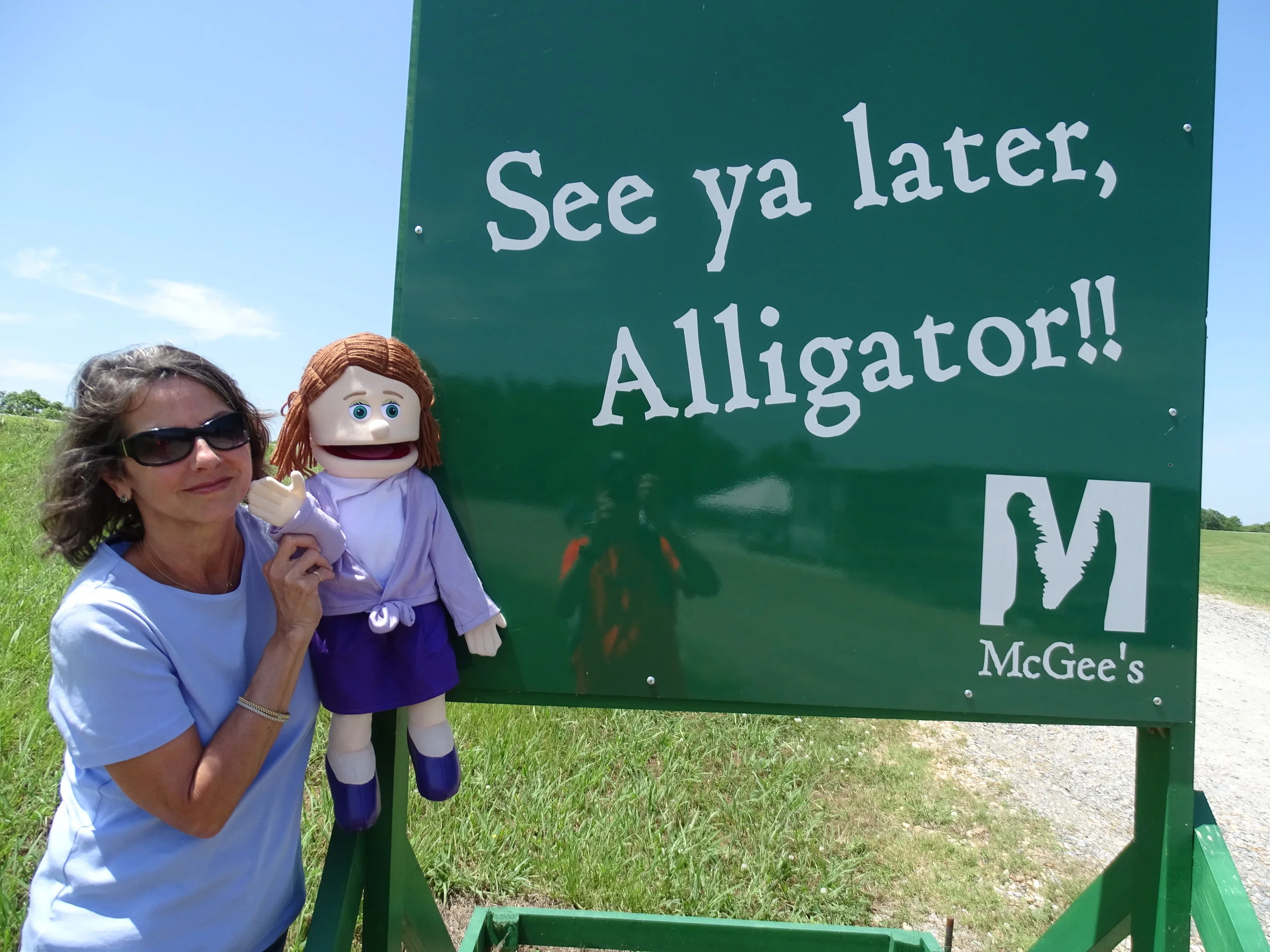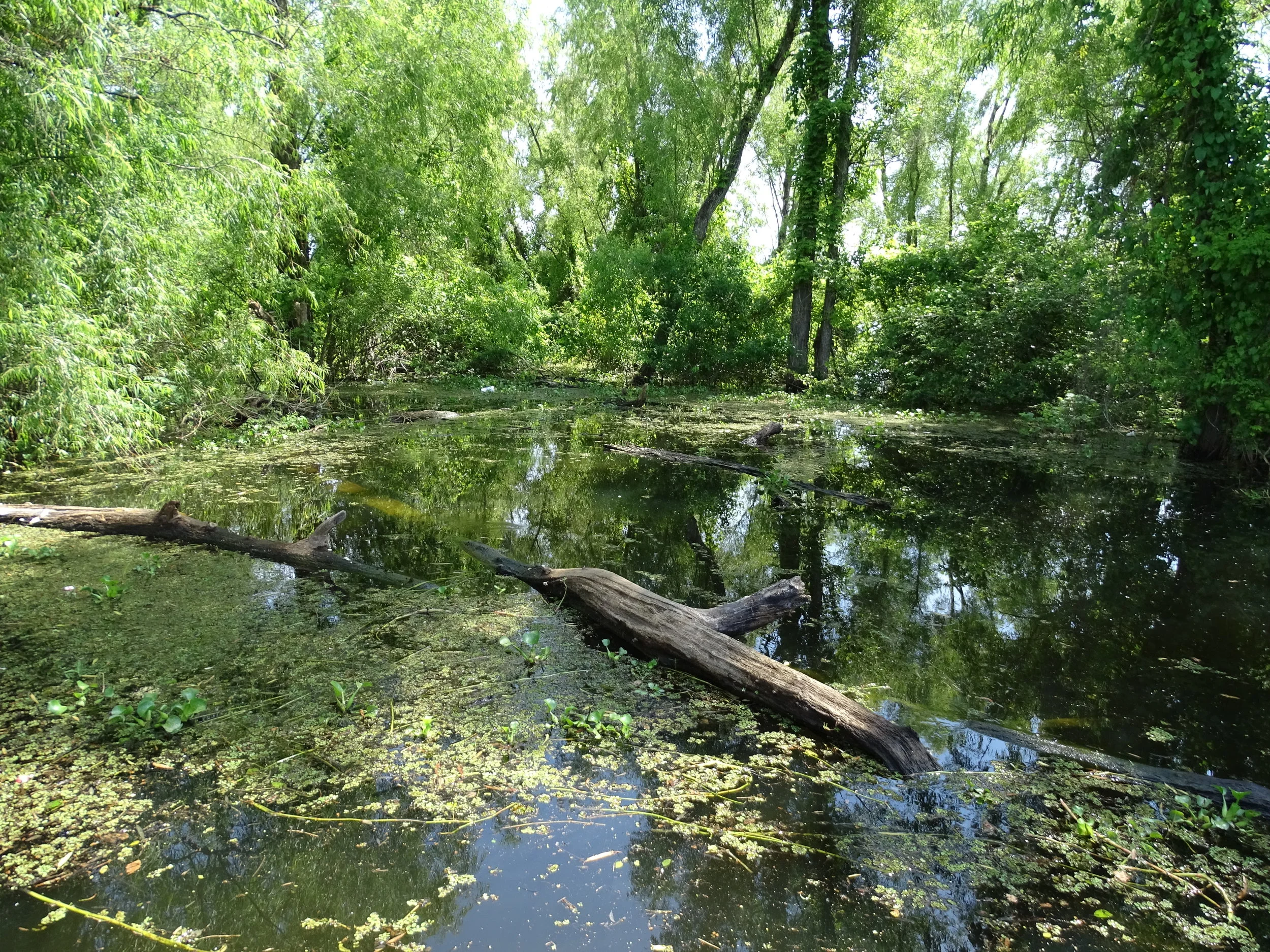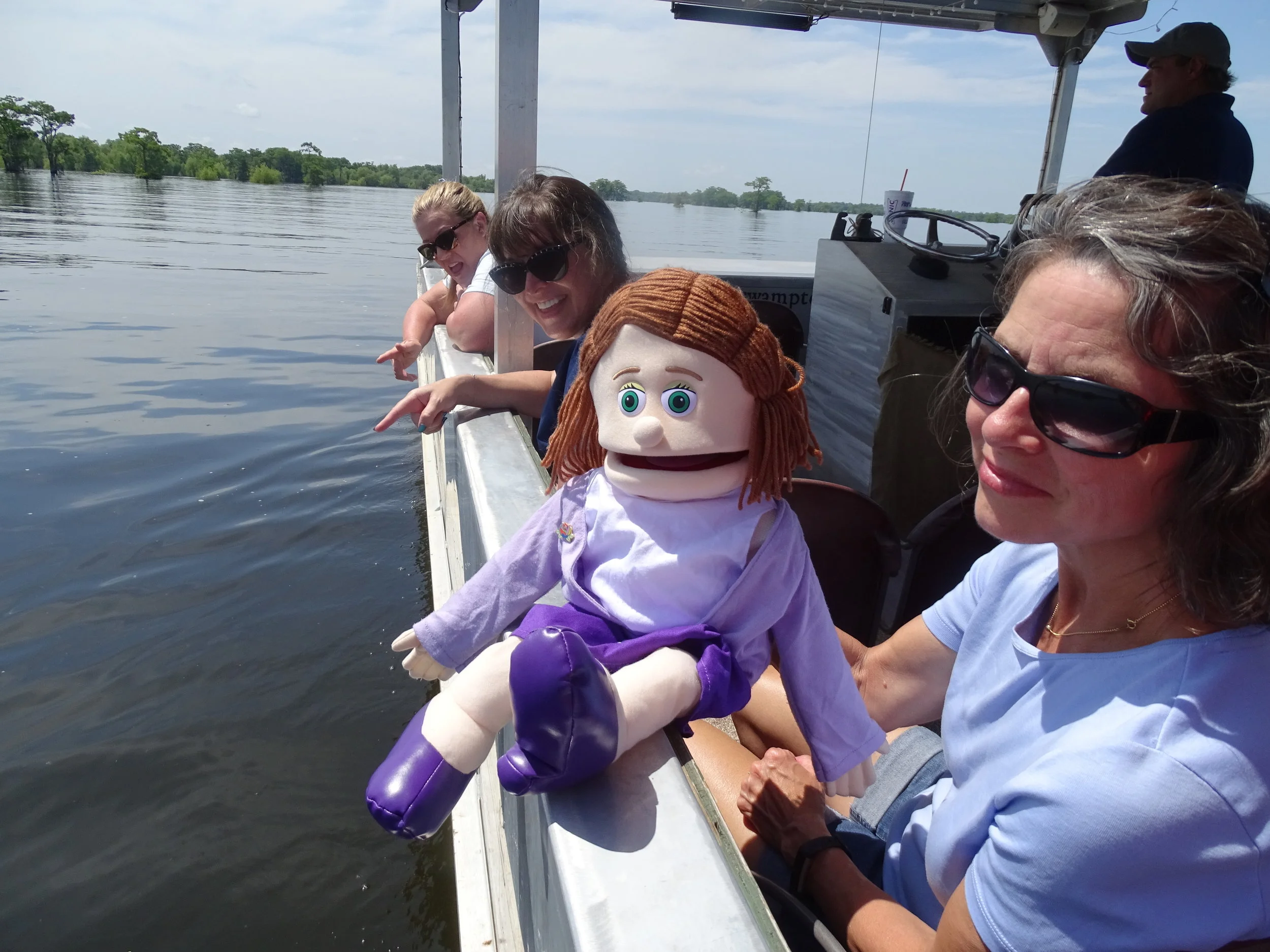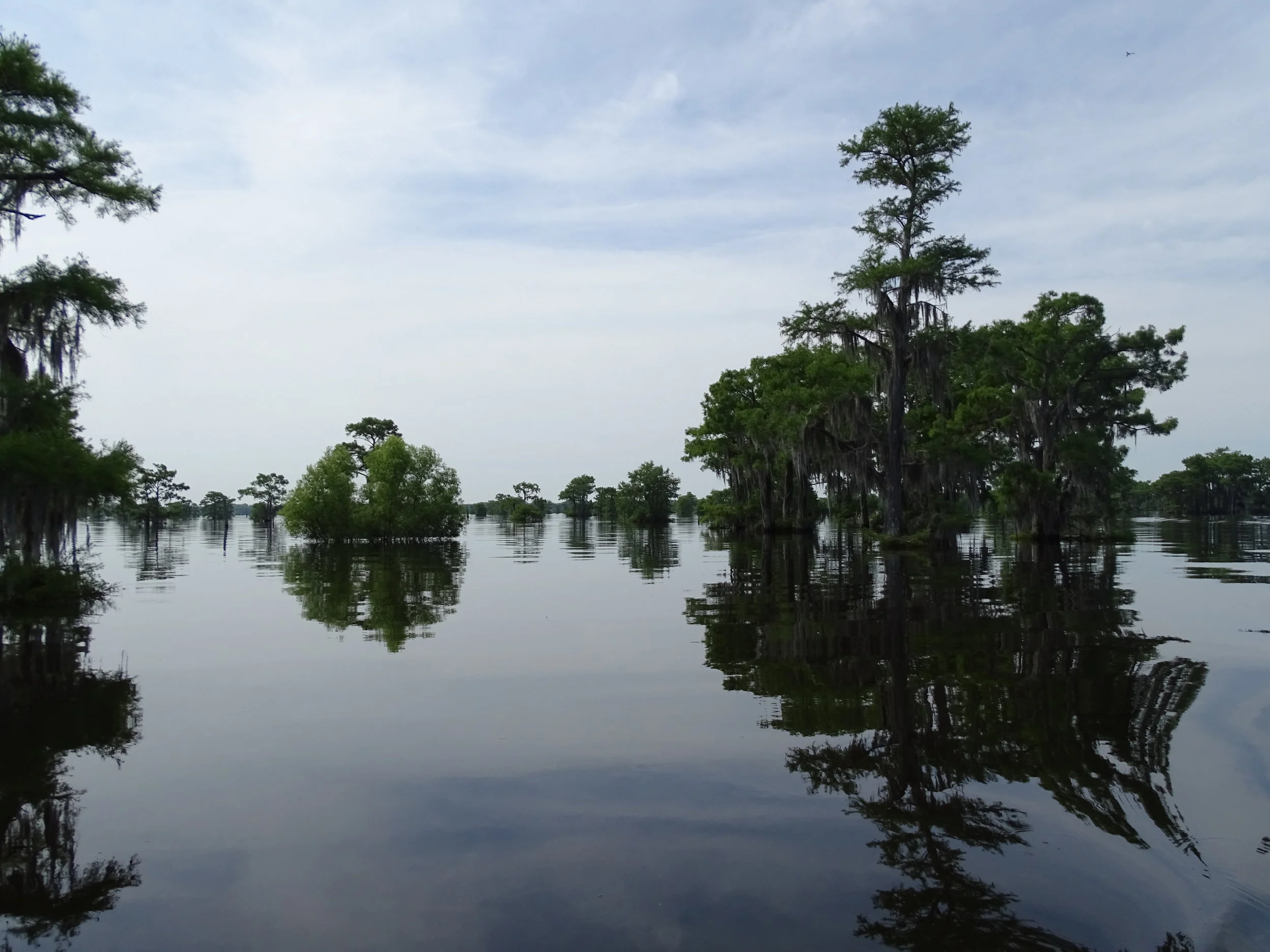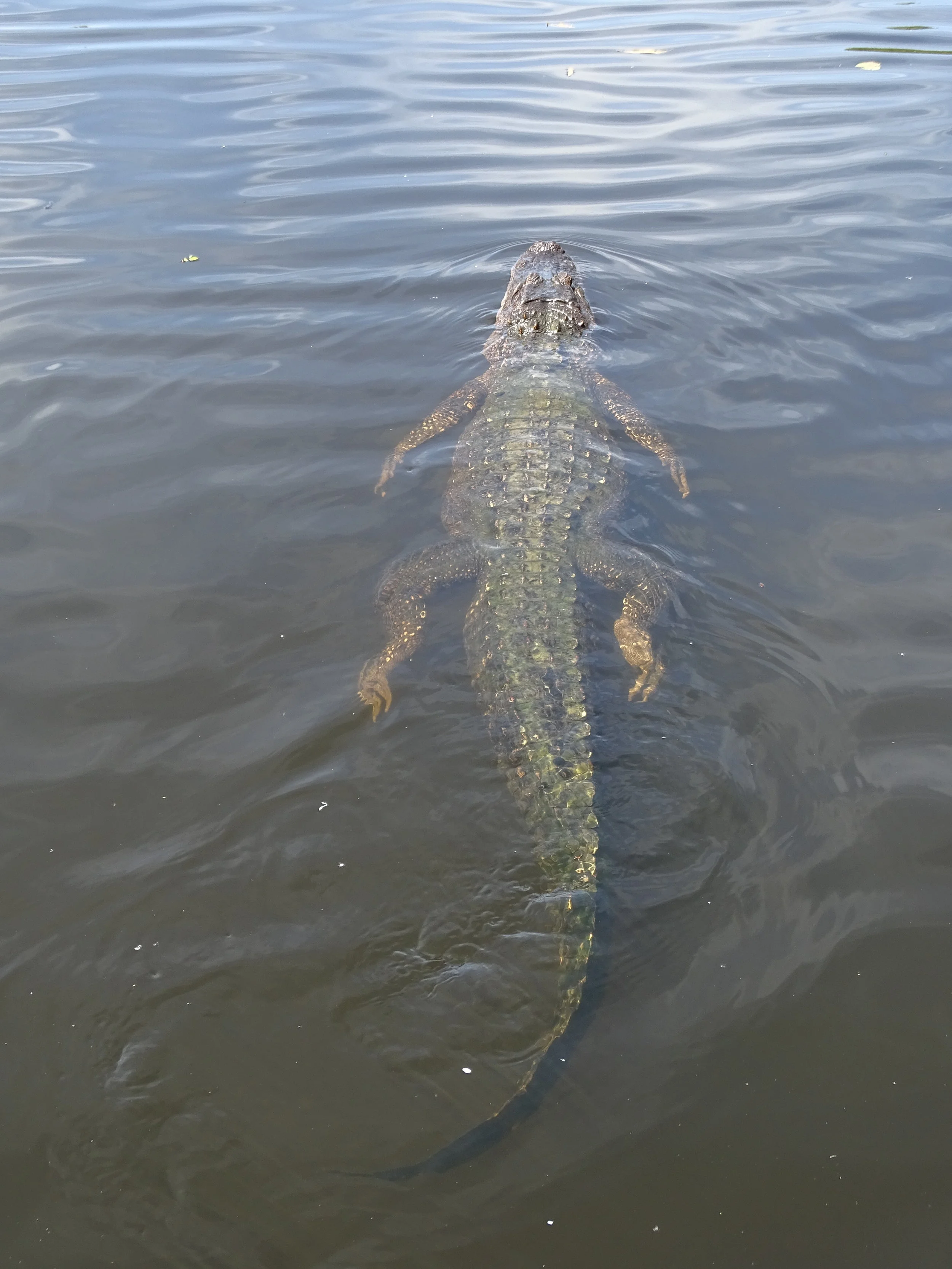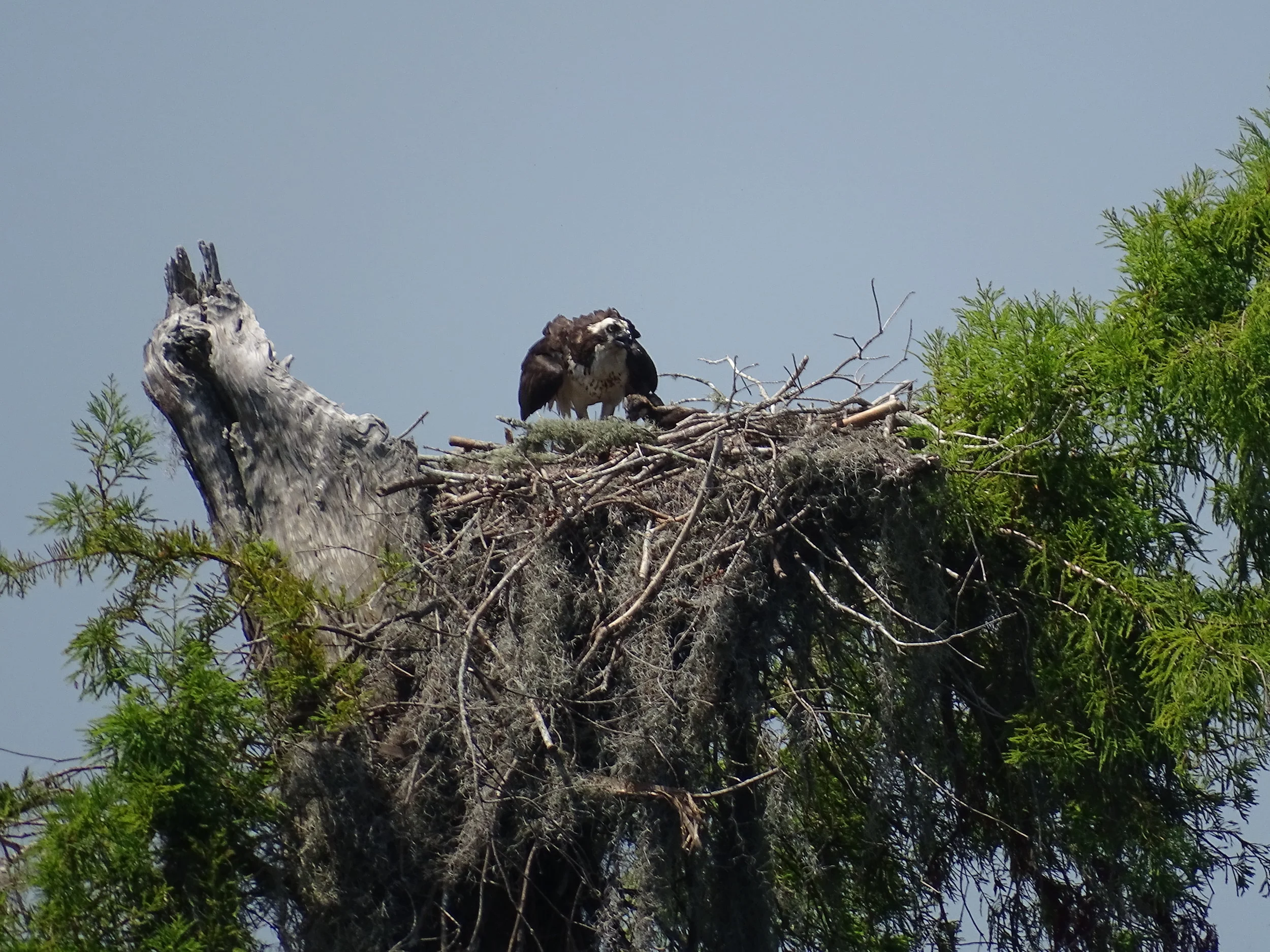Louisiana: Get In A Boat If You Want A True Swamp Experience
Alligators tend to nest in these areas that hide their movement. SCROLL to the bottom to see a gallery of photos!
We’ve stood at the edge of many Louisiana swamps and strolled through small sections of them on boardwalks, but we didn’t get the full sense of what they have to offer until taking a swamp tour. After researching the options, we selected one close to our Baton Rouge home—McGee’s Swamp Tours and Adventures in Henderson, La. We loved it and so did our visitors from Utah (Dina Draper) and Oregon (Deana Grosse) who joined us for a 90-minute entertaining and educational boat ride through the Atchafalaya Swamp (also known as the Atchafalaya Basin).
TOUR OPTIONS
McGee’s offers four ways to see the swamp.
Swamp tours
Airboat rides
Guided photography tours
Canoe rentals
Despite one member of our team leaning toward the airboat, we selected the swamp tour and enjoyed the calm, slower-paced option, but our captain showed us how fast his boat could go during the last part of our tour. The acceleration produced a big wake and created a stiff breeze. So, we all enjoyed the ride. For our swamp tour, we paid $30 per person. Go to www.mcgeesswamptours.com for details and to make reservations.
Captain Chris takes Linda Draper, Arla Boudreaux, Deana Grosse and Dina Draper on a search for alligators in the Atchafalaya Swamp.
The swamp tour passes through many scenic settings.
WHY WE LOVED OUR TOUR
Three things made it a winner.
The weather turned out to be ideal for boating that day.
We avoided the crowds by going on a weekday and had the boat to ourselves, giving us front row seats and our guide’s undivided attention.
Our guide, Captain Chris, delivered a ton of fascinating information and knew exactly where alligators could be found. We enjoyed his Cajun insights and friendly demeanor.
WHAT WE SAW
The beauty of the scenery for the entire tour made it worthwhile. We passed wooded shorelines and then cruised around pockets of cypress trees scattered across large stretches of otherwise open water. The scenic tour gave us plenty of excellent photo opportunities.
We also spotted many birds, including an osprey in a nest with a pair of chicks. We noticed fish jumping and experienced close encounters with two alligators and gained a distant view of a third.
Besides enjoying the natural setting, we passed other boats, with most of them being used for fishing, and we saw rustic cabins set at the water’s edge or where only a boat could go. One of the surprises was going under the Atchafalaya Basin Bridge on I-10 and learning about its construction. The bridge features a pair of parallel bridges separated by about 40 yards. We rode between the two parts of the bridge for about a mile, going much slower than the interstate traffic above us. Having driven that bridge many times, we liked gaining a different viewpoint of it.
FINDING MCGEE’S
Henderson is located near I-10 Exit 115. The exit is about halfway between Baton Rouge and Lafayette. After taking the exit, turn on to Main Street/Henderson Highway (352). Stay on Henderson Highway until it ends at Henderson Levee Road. Turn right and go to 1337 Henderson Levee Rd.
One of the alligators spotted on the tour slinks away after getting a snack from Captain Chris.
An osprey protects her chicks in a nest atop a tree surrounded by water.
The swamp tour provides many excellent photo opportunities.
ARLA’S SHOCKING MOMENT
Arla: I’ve never seen an alligator in the wild so close that I could touch it—or, more frightening, close enough where one could grab me. Despite being safely in Captain Chris’ boat, I still worried that somebody could get snatched by a gator here—and it might be me!
The curious alligators that approached our boat kept staring at me with those never-blinking greenish, yellowish eyes. They frightened me, so I bargained with them. If you don’t attack me, I’ll never order gator bites in a restaurant or wear alligator-skin boots.
LINDA’S TAKEAWAY
Linda: While the alligators looked ferocious when taking raw beef scraps from Captain Chris, they seemed agreeable to settling for a snack and then swimming away. The alligators came out of hiding after we stopped in a small cove and Captain Chris knocked on the side of our boat a few times. It only took five minutes for the first alligator to respond and head straight toward us. Instead of seeing alligators in a confined space in a zoo, I liked watching these gators swim over to the boat for a snack and then moving on after they had enough of our attention and food.
DOUG’S HISTORICAL TREASURE
Doug: I was surprised to learn that the Atchafalaya Basin Bridge, also known as the Louisiana Airborne Memorial Bridge, takes its second name from the 82nd Airborne Division. This U.S. Army division was created in 1942 at Camp Claiborne, La., an Army camp located in Rapides Parish in central Louisiana during World War II.
Having lived in North Carolina for about a decade, I thought the renowned 82nd Airborne Division based at Fort Bragg, N.C., solely belonged to the Tarheel state and didn’t know that its history can be traced back to Louisiana (and Georgia). In 1942, the U.S. Army’s former 82nd Division received a new designation—the 82nd Airborne Division—while based at Camp Claiborne. Louisiana has many connections to the United States’ role in World War II, which is why the National World War II Museum is in New Orleans.
ARLA’S TRAVEL TIP
When planning your swamp tour, go to the website for the Atchafalaya National Heritage Area. That’s how we found McGee’s, but there are plenty of other options listed.
GEE WHIZ FACTS
Four of the six longest bridges in the United States are in Louisiana, with the Atchafalaya Basin Bridge being the third longest in the state. The state’s longest bridge, also the longest in the United States, is the Lake Pontchartrain Causeway, which is 24 miles long and connects Metairie, La., (near New Orleans) with Lewisville and Mandeville, La., on the north side of Lake Pontchartrain.
The Atchafalaya Basin Bridge is 18 miles long.
The Atchafalaya Swamp or Atchafalaya Basin covers 1.4 million acres, with about 30 percent of it being marsh or open water. It is the nation’s largest swamp and wetland.
Atchafalaya is a French word that comes from a Native American Choctaw term “hachcha falaya,” which means “long river.”
The Atchafalaya River runs through the swamp taking water from the Mississippi River and the Red River (that runs between Texas and Oklahoma). When measured by the volume of water it discharges, the Atchafalaya River is the fifth largest in North America even though it is only 137 miles long. It begins in central Louisiana and ends in the Gulf of Mexico.

